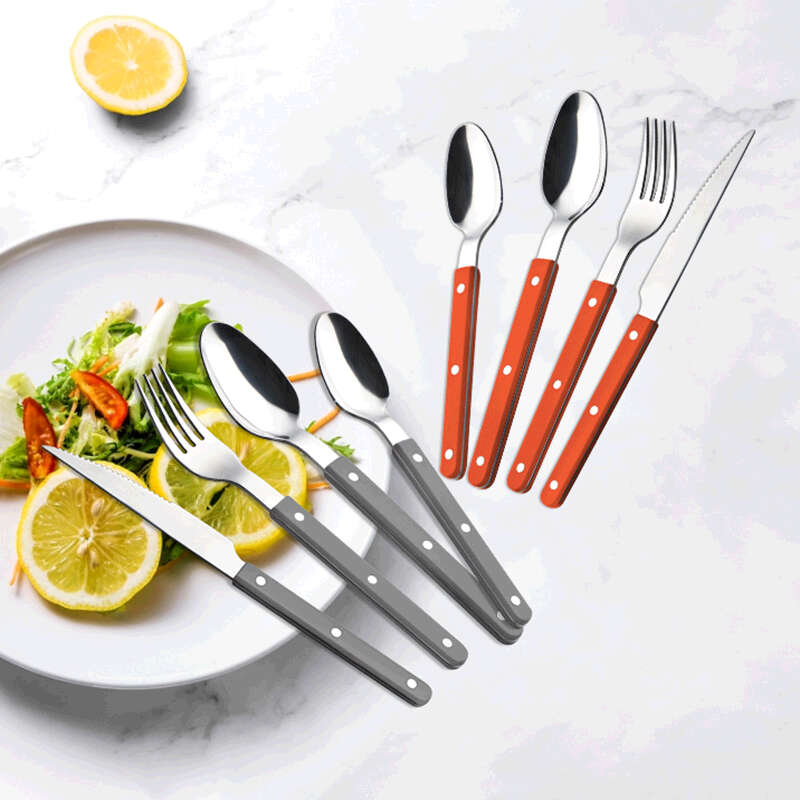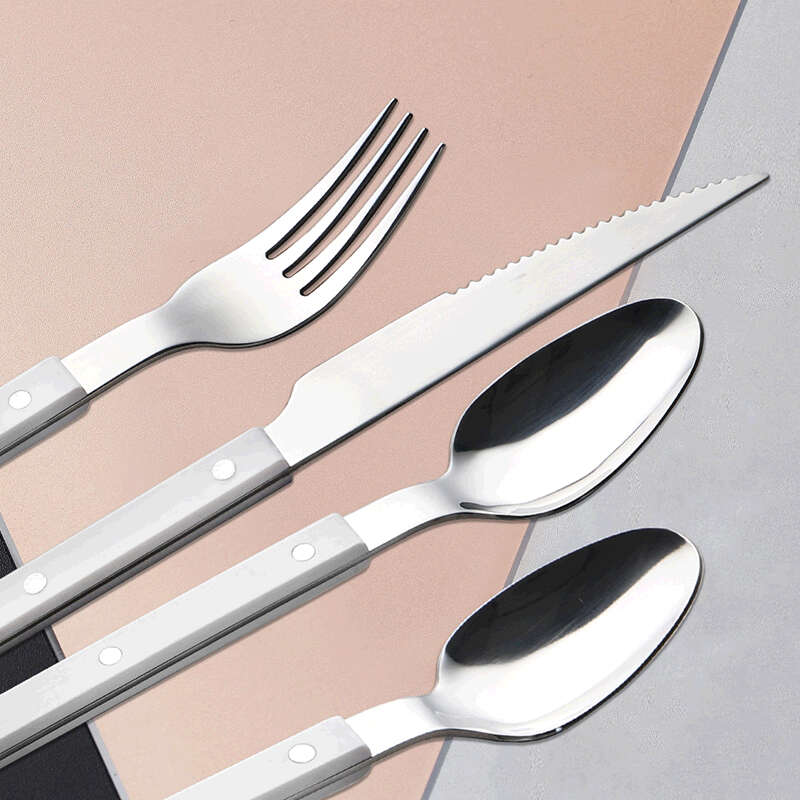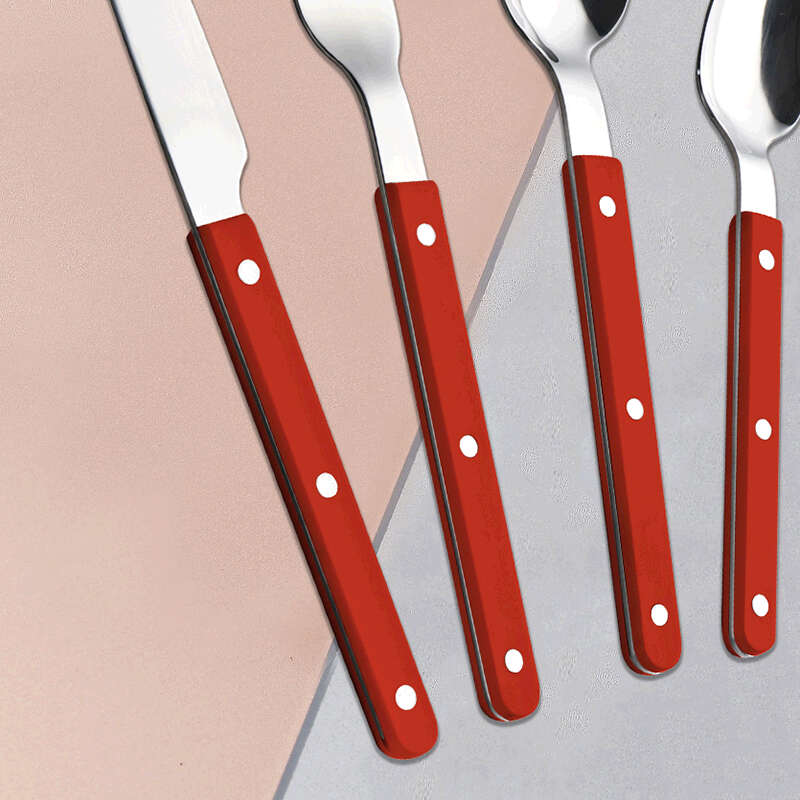Pulished on May. 25, 2022

Selection criteria for stainless steel cutlery
The tableware printed with three codes of "13-0", "18-0" and "18-8" is made of stainless steel. The number in front of the code represents the
chromium content, the latter number represents the nickel content, the chromium is the material that keeps the product from rusting, while nickel is a
corrosion-resistant material. For example, "13-0" contains 13% chromium and does not contain nickel. When purchasing, pay special attention to the
following:
1. When purchasing stainless steel products, you should carefully check whether the material and steel number used are marked on the outer
packaging; whether the manufacturer's factory name, factory address, telephone number, and the sanitary standard of the container are marked.
2. It can be judged by a magnet. Regular manufacturers generally use 304 (ie 18-8) and 430 (ie 18-0) stainless steel as forks and spoons, and 420 (ie
13-0) as knives, 430 and 420 are magnetic, and 304 is micromagnetic. However, there is also a tableware made of 201 and 202 materials in the
market, which is not magnetic, but whether it can be used to process tableware is controversial in China. Some people think that 201 and 202
materials contain high manganese and are not food-grade stainless steel.
3. Under normal circumstances, for stainless steel tableware of the same thickness and shape, high-grade tableware will be heavier than low-grade
tableware. However, the difference in density is very small. The density of 304 stainless steel is 7.93, and the density of 430 and 420 is 7.85, which
cannot be judged intuitively.
4. It is best not to buy the so-called stainless steel products in the hands of hawkers. There are many such stalls on the street, and the bosses often
offer low prices to attract consumers. In fact, most of the stalls are fake, and real stainless steel products are not that cheap. Because the price of the
product is determined according to the cost of the material, the frivolous "stainless steel" is definitely not edible grade stainless steel, so don't be
greedy to buy those fake and shoddy products, which will damage your health.
5. The stainless steels used to produce tableware mainly include "austenitic" stainless steel and "martensitic" stainless steel. Bowls, plates, etc. are
generally made of "austenitic" stainless steel, which is not magnetic; knives, forks, etc. are generally made of "martensitic" stainless steel, and
"martensitic" stainless steel is magnetic.
6. Due to different materials, the weight of qualified stainless steel tableware is larger than that of "parallel import" products.



Looking for Flatware Supplier?
OEM&ODM RequestRequest for Quotation?
Get Factory PriceAny Confusion?
Speak With SalesmanWe deliver the quality and value your flatware needs, on time and within budget.
Contact UsODM&OEM Service
Our flatware is certified by leading retailers including Walmart, Tesco, Costco, Lidl, Target, and METRO, ensuring the highest quality standards.
Experience seamless service from design to export with our one-stop solutions. Our team simplifying your export process and allowing you to focus on growing your business.
Choose from a range of eco-friendly and customized packaging options to suit your specific needs. Our packaging solutions are designed to protect your products while reducing environmental impact.
Our efficient supply chain ensures timely delivery of your custom cutlery, minimizing lead times and keeping your business operations running smoothly.
Comprehensive support & satisfaction guaranteed.